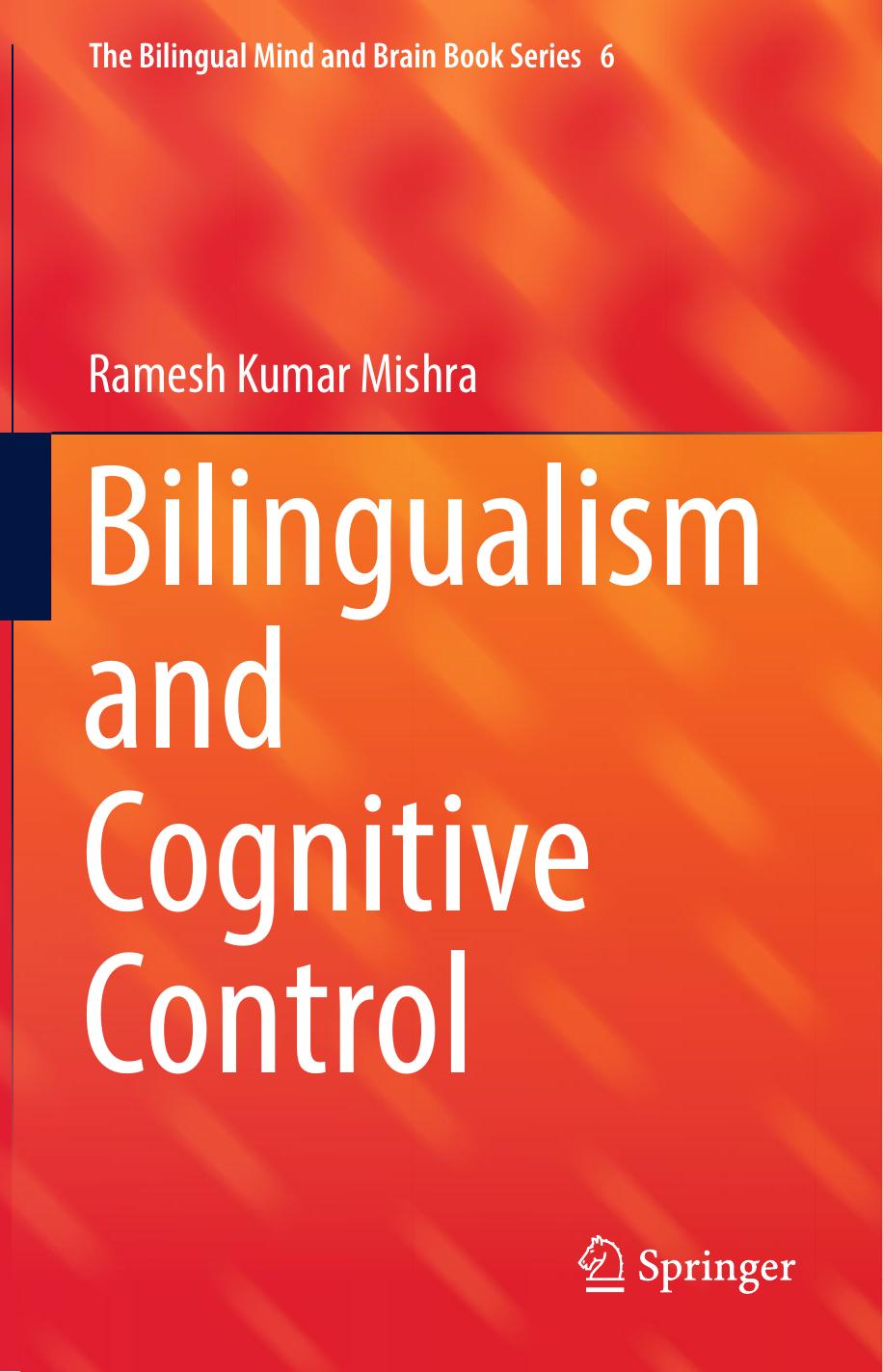Bilingualism and Cognitive Control by Ramesh Kumar Mishra

Author:Ramesh Kumar Mishra
Language: eng
Format: epub, pdf
ISBN: 9783319925134
Publisher: Springer International Publishing
The authors performed multi-voxel pixel analysis and found that within the same cortical structures different populations of neurons are involved in the processing of L1 and L2. Therefore, functional independence is not related to the distinct structural sites or networks of areas but the population of neurons. Their task used single words that were either real words or were false fonts. The problem with using single words is that they do not bring in the complexity of using connected speech. However, based on their findings the authors make some interesting remarks about language control. They suggested that functional separation is necessary if bilinguals have to control and shift between the two languages. If one holds the assumption that languages are represented in a single network, the question of control may not arise. Abutalebi and colleagues have shown in many fMRI studies (e.g. Abutalebi, Cappa, & Perani, 2001; Abutalebi, 2008) structural independence between L1 and L2 in the brain.
At least for sequential bilinguals, the order of acquisition of the two languages plays an important role in their later proficiency. It is well-known within the neurolinguistic literature that the left frontal and temporal areas are recruited for processing the first language (Perani et al., 1996). What happens when someone learns a second language? In an early brain imaging study with French–English bilinguals, Dehaene et al. (1997) found that while the left hemisphere was active for processing the L1 as the participants listened to stories, the right hemisphere was active for L2. This led the authors to suggest that the well-known traditional language areas of the left hemisphere are for the L1 and when L2 is acquired newer areas within the right hemisphere are recruited. More direct evidence of language representation in the brain has come from studies where cortical recording has been done with patients undergoing surgery. In such a study, Lucas, McKhann, and Ojemann (2004) recorded from cortical sites in patients undergoing surgery. The authors reported that although L1 and L2 processing could be functionally separate, there were also many shared sites in both left and right hemisphere areas. Language areas in the left hemisphere were exclusive to the processing of L1 while posterior and anterior areas were recruited for L2. This suggestion is very different from that of Xu et al. (2017) discussed earlier.
However, other results do not support this structural and functional separation view between the two languages. Abutalebi et al. (2001) reviewed the bilingualism and neuroimaging literature and suggested that language proficiency and language exposure are important variables that influence the cortical representation of language in bilinguals more than the age of acquisition. These variables are more related to the attainment and practice of skills in the bilingual. According to Abutalebi et al. (2001), as proficiency increases, a common brain network is used for both the languages. Proficiency has also been shown to modulate executive control in bilinguals (Singh & Misha, 2012). It makes sense to assume that as a bilingual grows into a fluent speaker of the second language, the brain networks that were exclusively used for L1 start adapting.
Download
Bilingualism and Cognitive Control by Ramesh Kumar Mishra.pdf
This site does not store any files on its server. We only index and link to content provided by other sites. Please contact the content providers to delete copyright contents if any and email us, we'll remove relevant links or contents immediately.
| Administration & Medicine Economics | Allied Health Professions |
| Basic Sciences | Dentistry |
| History | Medical Informatics |
| Medicine | Nursing |
| Pharmacology | Psychology |
| Research | Veterinary Medicine |
The Art of Thinking Clearly by Rolf Dobelli(10224)
The 5 Love Languages: The Secret to Love That Lasts by Gary Chapman(9590)
Mindhunter: Inside the FBI's Elite Serial Crime Unit by John E. Douglas & Mark Olshaker(9203)
Becoming Supernatural by Dr. Joe Dispenza(8119)
Nudge - Improving Decisions about Health, Wealth, and Happiness by Thaler Sunstein(7615)
The Road Less Traveled by M. Scott Peck(7522)
Enlightenment Now: The Case for Reason, Science, Humanism, and Progress by Steven Pinker(7237)
Mastermind: How to Think Like Sherlock Holmes by Maria Konnikova(7227)
Win Bigly by Scott Adams(7094)
The Way of Zen by Alan W. Watts(6506)
Factfulness: Ten Reasons We're Wrong About the World – and Why Things Are Better Than You Think by Hans Rosling(4694)
The State of Affairs by Esther Perel(4642)
Gerald's Game by Stephen King(4583)
Man's Search for Meaning by Viktor Frankl(4426)
The Confidence Code by Katty Kay(4189)
Thinking in Bets by Annie Duke(4153)
The Healing Self by Deepak Chopra(3476)
Hidden Persuasion: 33 psychological influence techniques in advertising by Marc Andrews & Matthijs van Leeuwen & Rick van Baaren(3473)
The Worm at the Core by Sheldon Solomon(3435)
